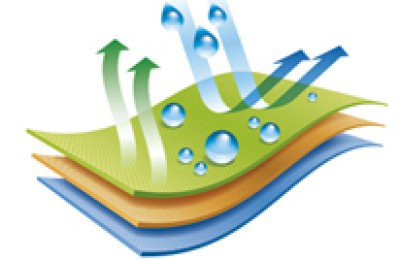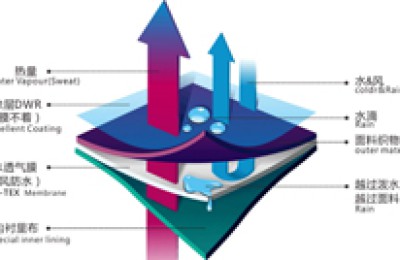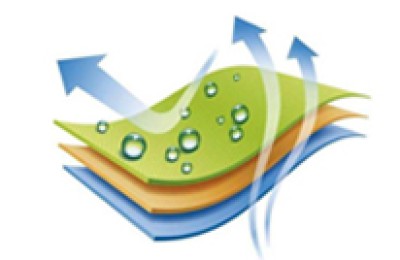The rising trade friction between China and the United States has worsened the situation for the textile industry
Since the second quarter of this year, the escalating Sino-US trade war friction has put tremendous pressure on textile and apparel exports. During the same period, the US dollar has been relatively strong and the RMB has accelerated its depreciation. Especially since mid-June, there has been a wave of sustained and rapid depreciation. depreciation. In RMB terms, my country’s total exports of textiles and clothing from January to July 2018 were 990.2 billion yuan, a year-on-year decrease of 3.26%. Some insiders believe that as Sino-US trade friction intensifies, risk aversion in the market has intensified. Stocks, commodities, and foreign exchange markets have plummeted, while the bond market has surged. As China’s largest exporter of textiles and apparel, the United States’ trade friction will be a clear negative for China’s textile and apparel exports.
“The U.S. tax increase list for China’s $200 billion products involves textiles and clothing that are related to people’s livelihood. Textile and clothing exports may be doomed.” Zhongyu Information analyst An Guang said that the tax increase list shows chemical fiber, cotton, silk, leather, etc. Almost all products involving textile and apparel are within the scope of the tax increase, and China’s textile and apparel industry relies heavily on exports. The tax increase will severely dampen China’s textile and apparel industry’s exports to the United States.
Yu Xiaohong, an analyst at Zhongyu Information, said that China is the largest exporter of textiles and clothing, and the proportion of textile and clothing exports in China’s total foreign trade remains at about 13%. China’s top nine textile and apparel export markets are: the United States (17%), Japan (8%), Vietnam (5%), the United Kingdom (4%), Germany (3%), South Korea (3%), Russia (3 %), the Philippines (2%), and the United Arab Emirates (2%). In 2017, China’s exports to the United States accounted for 15.5% of total textile and apparel exports.
“In 2018, the U.S. dollar strengthened and the United States launched trade frictions. The currencies of some emerging economies continued to depreciate, including Argentina, Turkey, and India. The exchange rate of China’s Hong Kong dollar against the U.S. dollar was at a low in nearly 35 years, and the RMB also continued to depreciate.” An Guang said that trade frictions are persistent and the RMB is expected to continue to depreciate. Although it is good for the export-oriented textile and apparel industry, the US’s increase in taxes on textile and apparel products will cause the export volume and price of China’s textile and apparel industry to be suppressed, which may be completely offset. The depreciation of the RMB is beneficial to textile and apparel exports.
The textile and apparel industry is a labor-intensive industry. In recent years, China’s demographic dividend has gradually disappeared, and the textile and apparel industry has transferred to Southeast Asian countries such as Vietnam. “After the United States officially increases taxes on Chinese textile and apparel products, the United States is bound to increase its imports of textile and apparel products from Southeast Asian countries, mainly Vietnam, to replace imports of Chinese textile and apparel products, just as China has increased its imports of soybeans from Brazil and other countries. Replacing U.S. soybeans whose prices have risen after tax increases. Zhongyu Information believes that emerging textile and apparel exporting countries such as Vietnam may be the biggest beneficiaries of this trade war.” Anguang said.
“Although the trade friction escalates and the United States raises tariffs to increase China’s costs, the U.S. textile and apparel industry faces high labor costs and is less likely to return production and manufacturing under the background of severe shrinkage. At this time, China’s loss will be U.S. orders Transfer.” Yu Xiaohong said that the main importing countries of U.S. textiles and clothing are China, India, Vietnam, Pakistan, Mexico, Bangladesh, Indonesia, South Korea, Honduras, and Canada. Among the relatively large number of trading partners, Vietnam is the second largest textile and apparel import market for the United States. Due to its relatively complete industrial supporting facilities, low production costs, and abundant labor force, Vietnam is the most likely to reap the benefits.
Yu Xiaohong emphasized that the Sino-US trade friction will undoubtedly be a big challenge to the textile and apparel industry, but it is not only Chinese companies that are affected by the Sino-US trade friction. In fact, more American companies will face the consequences of the trade war. Huge impact, global economic integration has become inseparable. In the future, China will definitely take a series of measures to safeguard relevant interests, stabilize the RMB exchange rate, and maintain sustainable economic development. (Title: Sino-US trade friction heats up, worsening the situation for the textile industry)
AAA Fabric Network DFGRTJUYKYU
Disclaimer:
Disclaimer: Some of the texts, pictures, audios, and videos of some articles published on this site are from the Internet and do not represent the views of this site. The copyrights belong to the original authors. If you find that the information reproduced on this website infringes upon your rights, please contact us and we will change or delete it as soon as possible.
AA







